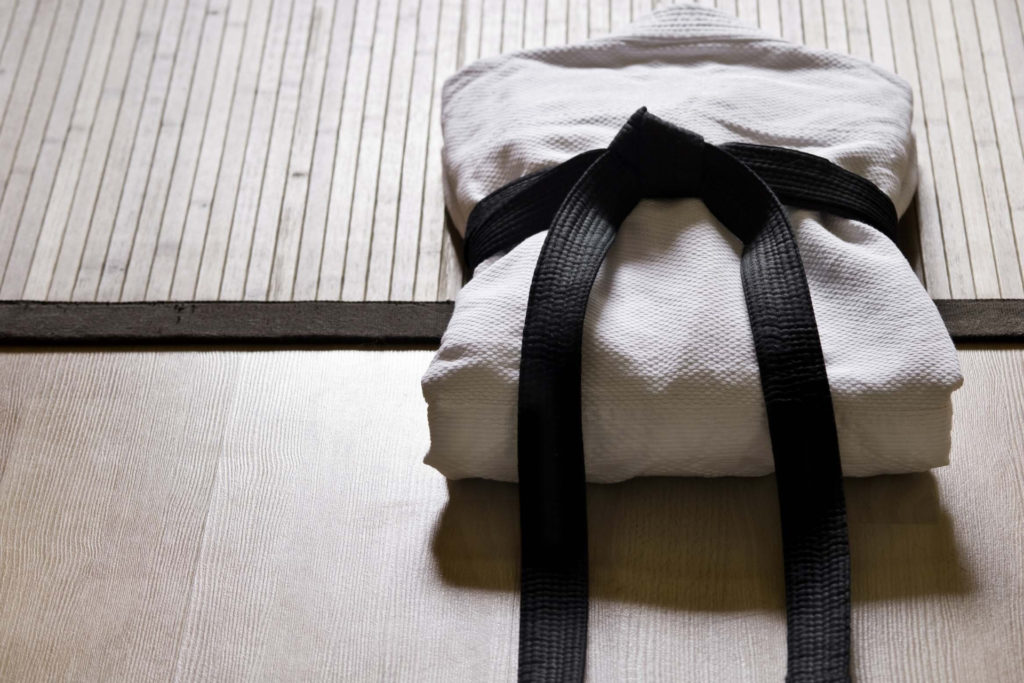When Can You Get Your Black Belt in Judo?

Judo, a modern martial art and combat sport, has gained immense popularity worldwide for its emphasis on technique, discipline, and personal development. As practitioners progress through the ranks, the black belt represents the pinnacle of achievement. However, the journey towards attaining a black belt requires dedication, perseverance, and a deep understanding of the art. In this article, we will explore the path to obtaining a black belt in judo, including the training process, the different belt levels, and the time it typically takes to reach this esteemed rank.
Understanding the Belt System
Judo employs a hierarchical belt system to indicate a practitioner’s level of proficiency. The journey towards a black belt begins with the white belt, followed by a series of coloured belts, each representing a different stage of progression. The commonly recognized belt colours in judo, in ascending order, are white, yellow, orange, green, blue, brown, and black. Each belt level signifies an increased level of skill, knowledge, and experience.
The time required to progress through the belt ranks can vary depending on several factors, including an individual’s commitment, training frequency, natural aptitude, and the specific requirements of the judo school or organisation. It is important to note that the timeframes provided here are approximate and can differ among practitioners.
Lower Belt Levels
White Belt
The white belt is the starting point for all judo practitioners. It symbolises purity, humility, and the willingness to learn. At this stage, beginners focus on fundamental techniques, such as breakfalls, basic throws, and ground control. The duration of the white belt phase can vary, typically ranging from a few months to a year or more, depending on individual progress and training frequency.
Yellow Belt
After laying the foundation with the white belt, practitioners advance to the yellow belt. This stage typically takes several months to about a year, depending on consistent training and skill development.
Orange Belt
Progressing from yellow to orange belt follows a similar timeframe of several months to a year. During this phase, judokas refine their techniques and expand their knowledge of throws and groundwork.
Intermediate Belts
Green Belt
The green belt represents a deeper understanding of judo’s principles and a more advanced skill level. It generally takes 1-2 years to reach this stage, as judokas continue to build upon their foundation.
Blue Belt
Advancing from green to blue belt, judokas further enhance their skills, often taking 1-2 years. They participate in local competitions and gain valuable experience on the mat.
Brown Belt
The brown belt stage signifies mastery and competence in judo. It can take 2-4 years to progress from blue to brown belt. Practitioners at this level often compete at the national and international levels, demonstrating their proficiency.
Higher-Level Belt
Shodan (1st-Degree Black Belt)
The black belt, known as Shodan, represents the first degree of black belt proficiency. Achieving this rank is a significant milestone in a judoka’s journey. The time required to attain Shodan can range from three to five years, depending on various factors, including consistent training, technical proficiency, and participation in competitions.
To be eligible for the black belt examination, practitioners must demonstrate proficiency in a wide range of techniques, including throws, ground control, submissions, and the ability to apply judo principles effectively. Additionally, candidates are typically required to have a thorough understanding of the Kodokan Judo syllabus, rules, and etiquette.
Table. Approximate Timeframes for Belt Progression in Judo.
| Belt Level | Time Required |
|---|---|
| White Belt | Varies |
| Yellow Belt | Several months to 1 year |
| Orange Belt | Several months to 1 year |
| Green Belt | 1-2 year |
| Blue Belt | 1-2 year |
| Brown Belt | 2-4 year |
| Shodan (Black Belt) | 3-5 year |
By and large, the journey to achieving a black belt in judo is a testament to one’s dedication, perseverance, and love for the art. The time it takes to earn a black belt can vary significantly depending on individual factors and the requirements set forth by the judo school or organisation. It is vital to remember that the pursuit of a black belt is not solely about the destination but the personal growth, discipline, and knowledge gained throughout the journey. Whether it takes three years or longer, the path to a black belt in judo is a rewarding and transformational experience.

